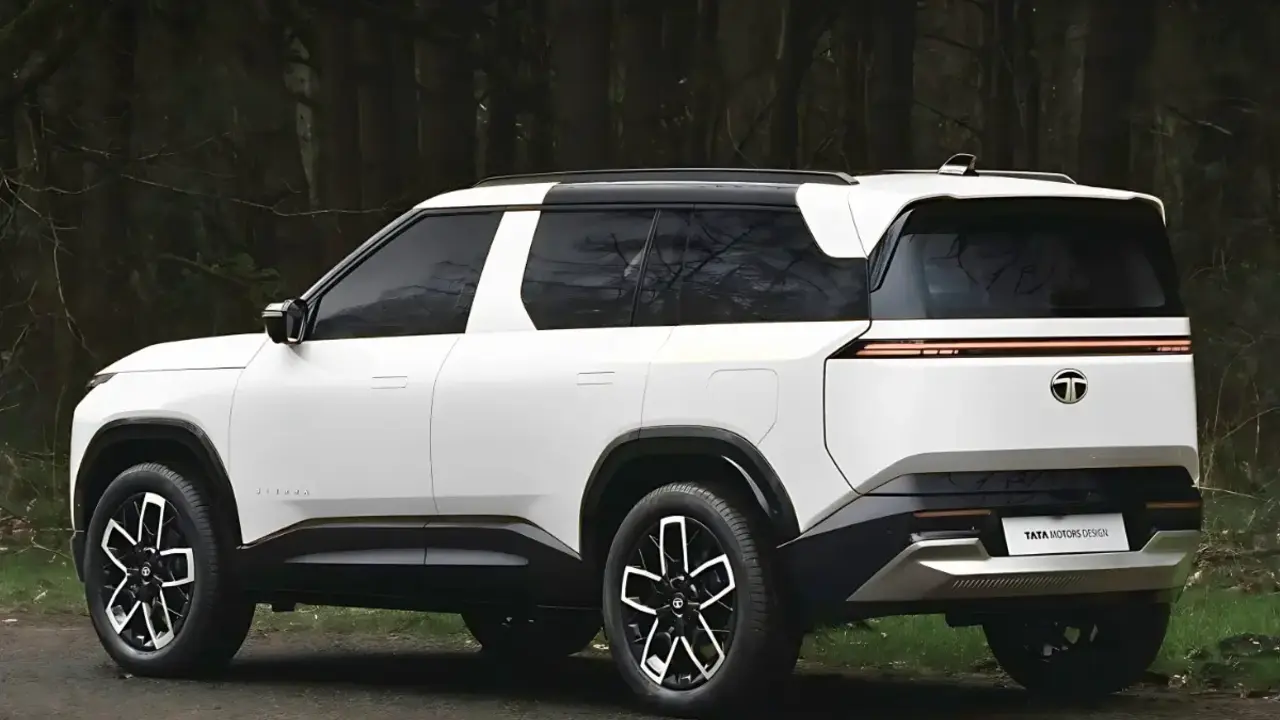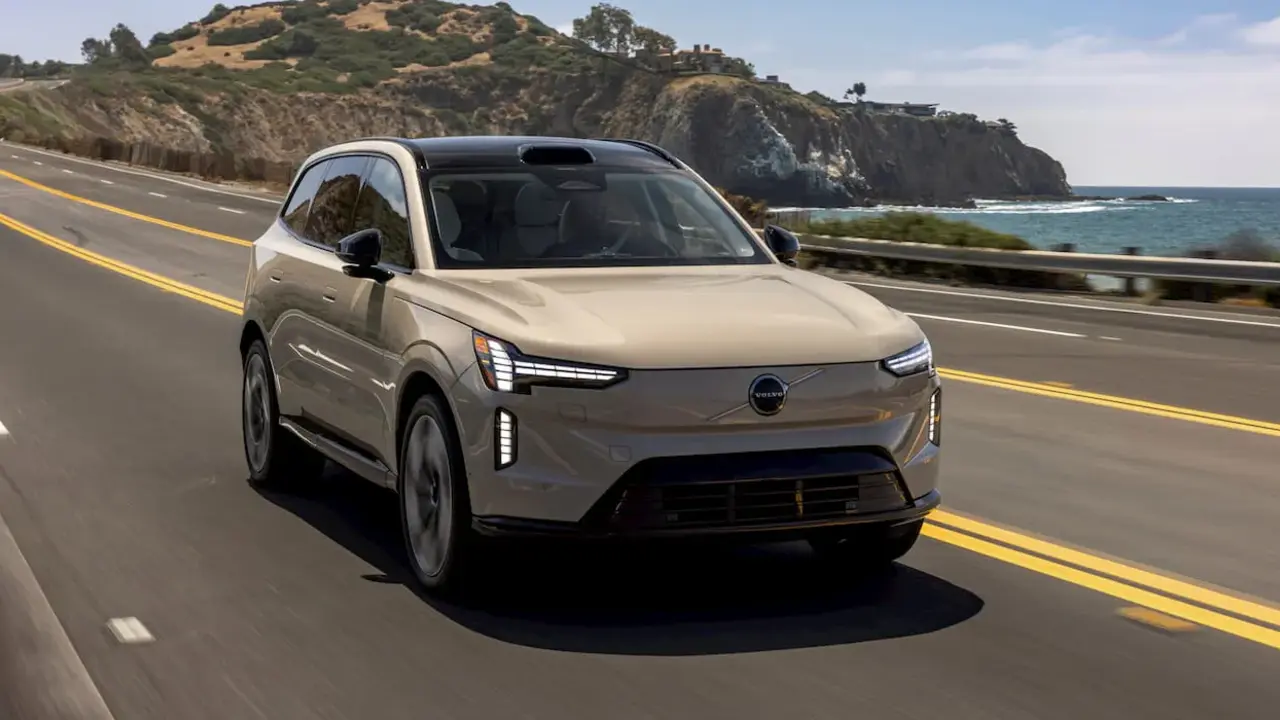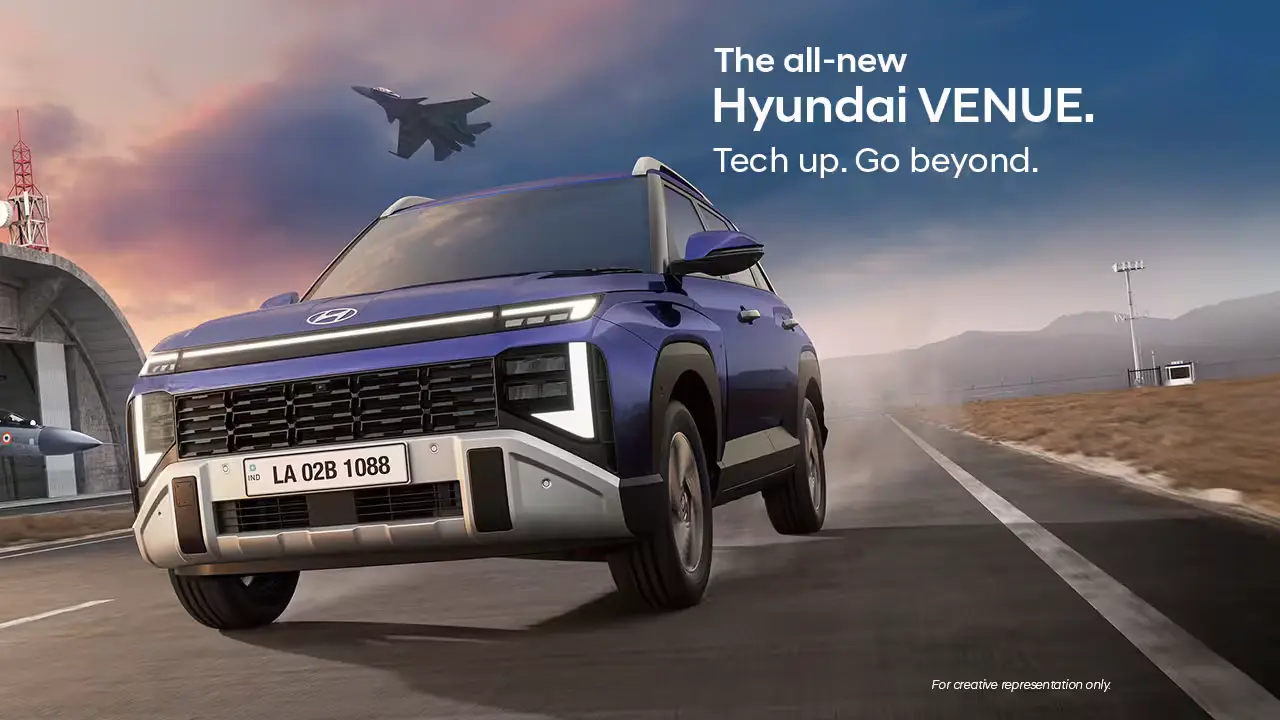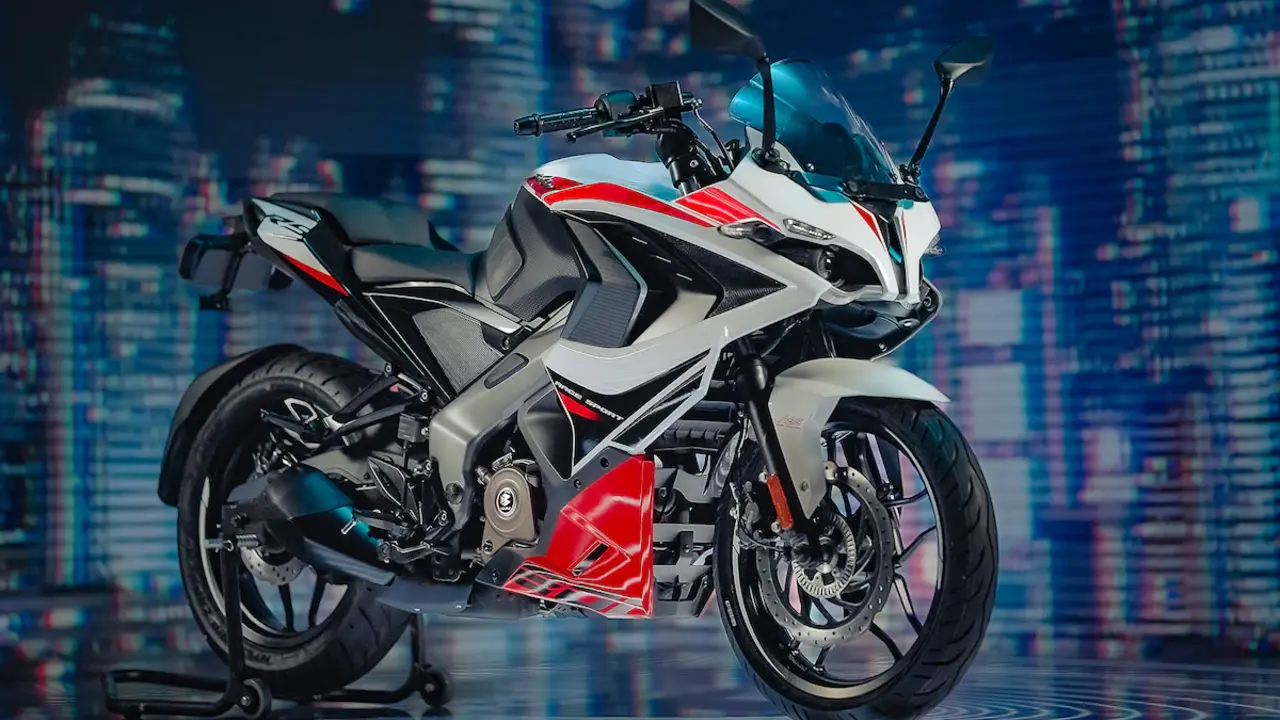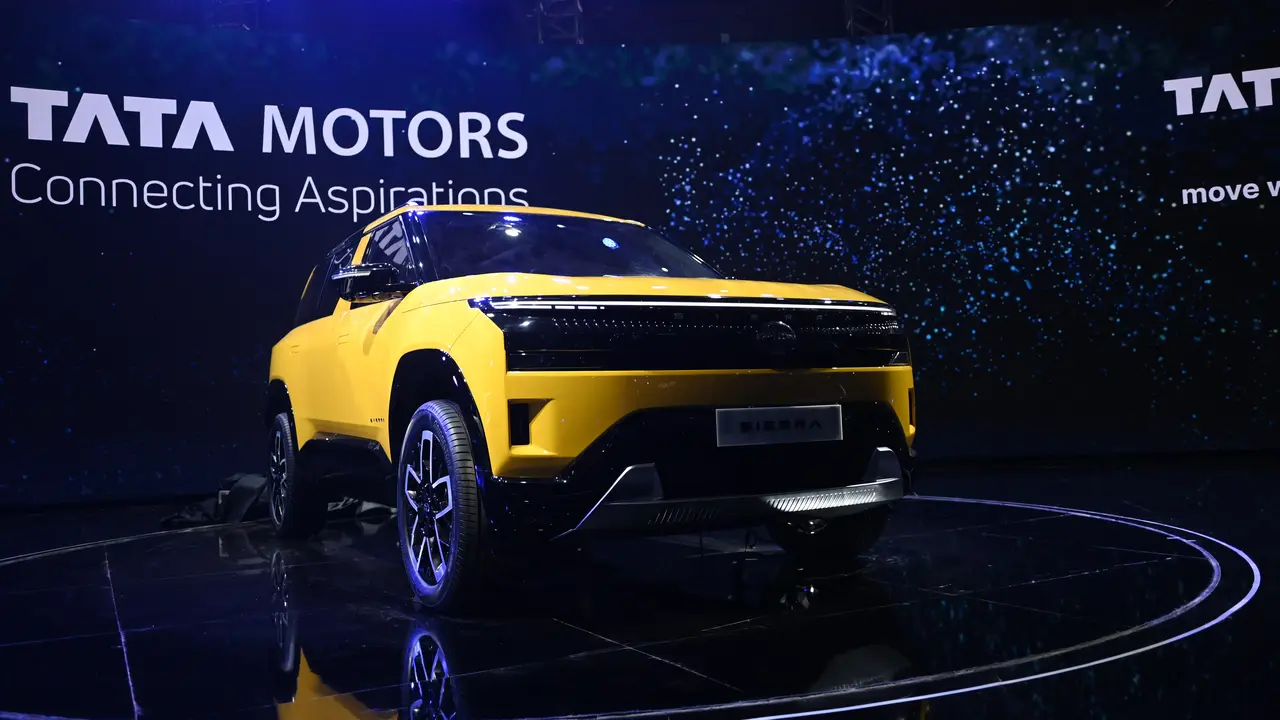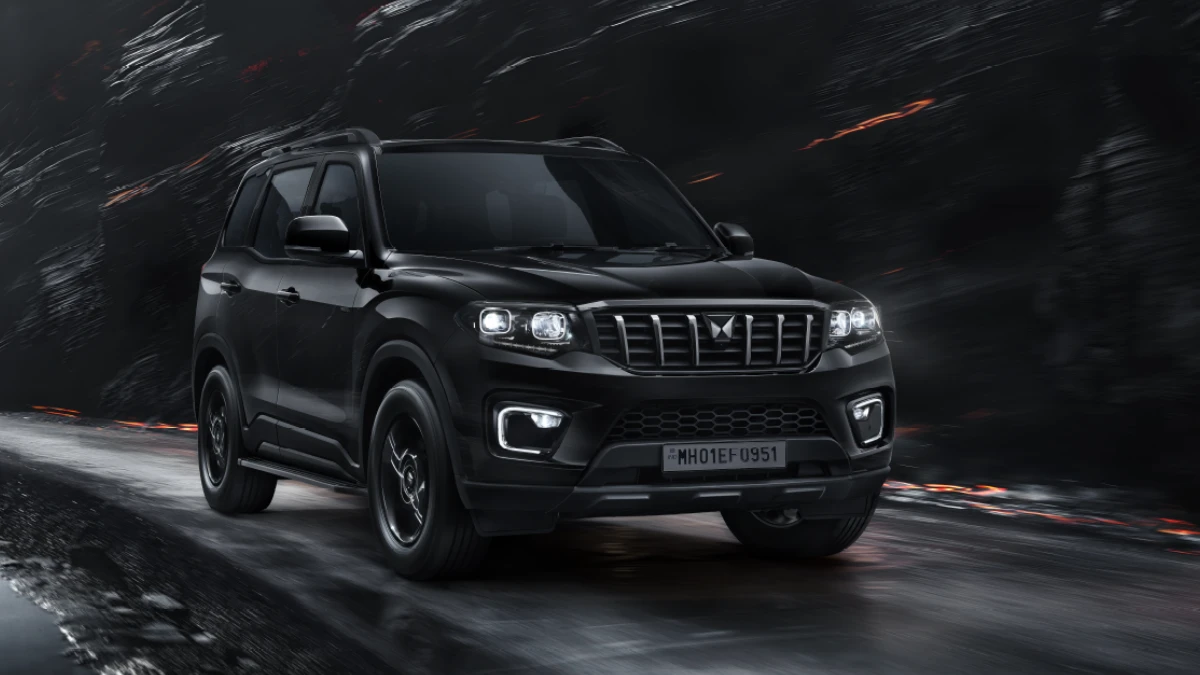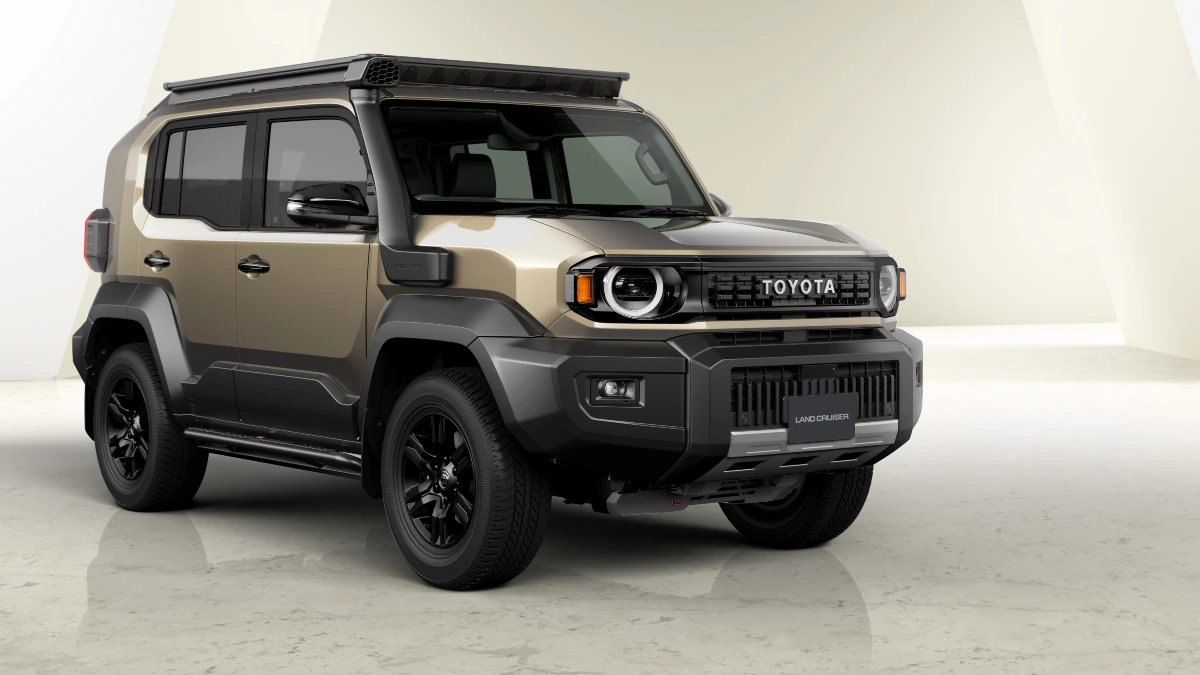I’m excited to talk about the Tata Sierra because it looks like a bold return. Tata has confirmed the Sierra programme will arrive in the FY2026 window, with an EV version arriving first and ICE models following. In this post I’ll walk you through what the Sierra could bring, how it stacks up against the Hyundai Creta, and whether it can really take on that class leader.
Launch Timing and Variant Plan
Here’s the timeline as it stands: Tata plans to bring the Sierra during FY2026. Media reports suggest near-production EVs and ICE test mules could appear in H2 2025, but the company is prioritising the EV first. The EV will use Tata’s Acti.ev architecture (shared with Harrier EV/Curvv), while ICE versions will use updated Tata ICE platforms.
What this means for buyers: if you want the EV Sierra, you might see it earlier. If you prefer petrol or diesel, those variants could arrive a bit later. That staggered rollout will shape early sales and who the Sierra can challenge first.
Design, Interior and Tech — Where Sierra Could Shine
Tata is aiming for a more premium, retro-inspired look with the Sierra. I like that Tata is mixing bold styling with roomy packaging. Inside, reports point to a feature-rich cabin: a triple or double digital-screen cockpit, a passenger display on some ICE trims, panoramic sunroof, ambient lighting, ventilated seats, and premium audio. These are concrete ways Tata could stand out from the Creta.
For tech and safety, the Sierra is expected to offer Level‑2 ADAS, a 360° camera, and other modern kit. Those features are already available on higher Creta trims, but Sierra’s triple-screen layout and passenger display could feel fresher and more upscale to many buyers.
Powertrains, Performance and EV Promise
Let’s talk power. Early reports suggest ICE options that include a new 1.5L four-cylinder (both naturally aspirated and turbo) and a 2.0L diesel. The turbo petrol is quoted around 168–170 PS with DCT/MT choices. For the EV, expect multiple battery options with realistic ranges around 400–500 km depending on the pack. These figures are not final, but they give a useful picture.
If you compare that to the Creta’s line-up — multiple 1.5L petrol/diesel engines and similar ADAS on higher trims — the Sierra could match or even exceed the Creta in outright power and EV capability. The EV alone could open a new market segment for Tata and attract buyers who want a more premium electric SUV.
How Sierra Compares to Creta — Quick Table
| Item | Expected Tata Sierra (estimate) | Hyundai Creta (2025 baseline) |
|---|---|---|
| Launch timing | FY2026 (EV first; ICE later) | Established model; ongoing updates |
| Powertrains | 1.5L NA/turbo, 2.0L diesel; EV with multi-pack options | 1.5L petrol/diesel options; no mainstream EV variant |
| Estimated price (ex-showroom) | ICE: ₹12–22 lakh; EV: ₹22–28 lakh (media estimates) | ₹10.7–20+ lakh (2025 price band) |
| Notable tech | Triple/double screens, passenger display, Level‑2 ADAS, 360° cam | Digital screens, ADAS on higher trims, strong dealer support |
| Size / Positioning | Roomy, more premium midsize feel | Mainstream compact SUV |
| Estimated EV range | ~400–500 km (depending on battery) | Not applicable (no direct EV rival in Creta segment) |
Strengths, Risks and Real-World Factors
On strengths: Tata Sierra offers clear differentiators. The EV option alone is a big plus. The feature list (triple screens, passenger display, ADAS) reads premium, and reported turbo power is strong. If Tata prices the Sierra correctly, many buyers may prefer its style and kit over the Creta.
On risks: pricing is crucial. Media estimates place ICE Sierra at roughly ₹12–22 lakh and EV at ₹22–28 lakh (ex-showroom). If Tata prices the Sierra too close to premium rivals, it may lose the value argument. Tata must also prove build quality and reliability at scale. Hyundai’s strength is not just the Creta product but its dealer network, after-sales service and resale values. Tata will need to match that to win long-term buyer trust.
Another real-world factor is availability. If the EV launch comes first, the Sierra will attract early EV buyers, but many mainstream buyers still prefer petrol/diesel. Delaying ICE models could slow overall momentum against the Creta.
Specific Examples and What Early Buyers Should Watch
Here are practical things I’d watch as a buyer or reviewer:
- Official pricing at launch. The estimated bands are helpful, but final prices decide volume battles.
- Real-world EV range tests. A 400–500 km claim is good, but independent range and charging speed tests will matter.
- ADAS and safety scores. NCAP results and ADAS performance in real traffic will shape buyer confidence.
- Dealer and service reach. Tata needs strong after-sales coverage to match Hyundai’s reputation.
As an example: if Tata launches an EV Sierra with a 450 km real-world range, full ADAS, and a competitive price of ₹24 lakh, it could attract urban buyers who currently consider premium petrol SUVs like the Creta. But if that same EV is priced near ₹28 lakh with limited service support, many buyers may stick with the Creta for peace of mind.
Final Thoughts
I believe the Tata Sierra has the right ingredients to be a serious competitor to the Hyundai Creta. It brings bold styling, a feature-filled cabin, a true EV option, and competitive power figures on paper. However, the outcome will come down to a few decisive things: final pricing, timing of ICE variants, real-world EV range, and Tata’s ability to deliver consistent after-sales support.
If Tata gets those areas right, Sierra could pull buyers away from the Creta—especially those who value tech and an electric option. If not, the Creta’s proven reliability and strong resale and service network will keep it near the top.
If you want, I can track the official specs and pricing and alert you when Tata confirms the launch date and full details. Would you like me to do that?
